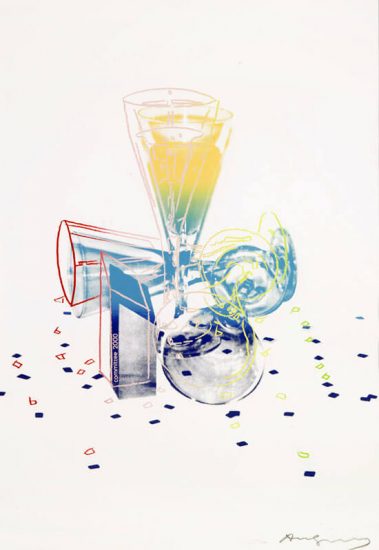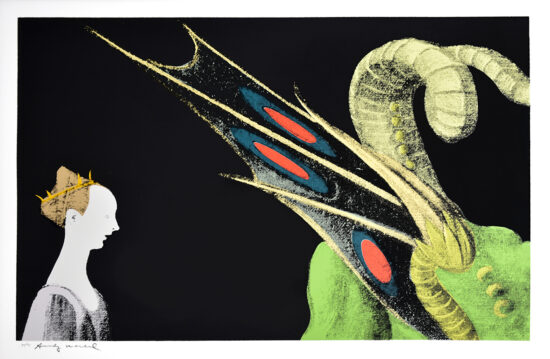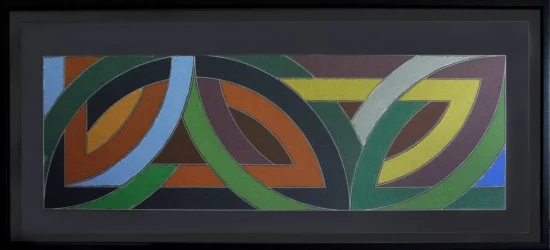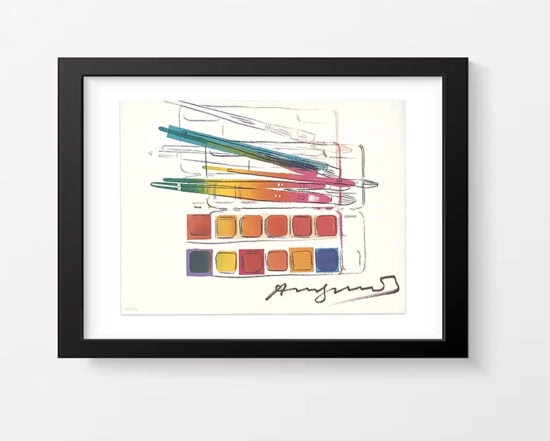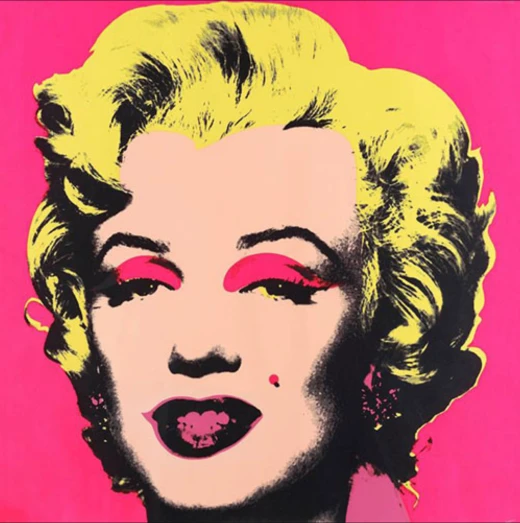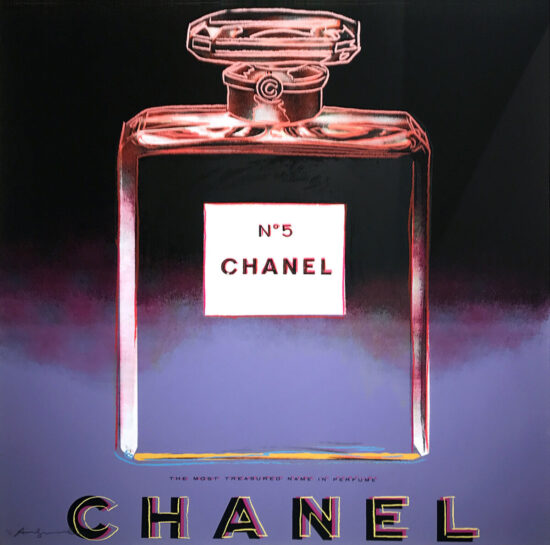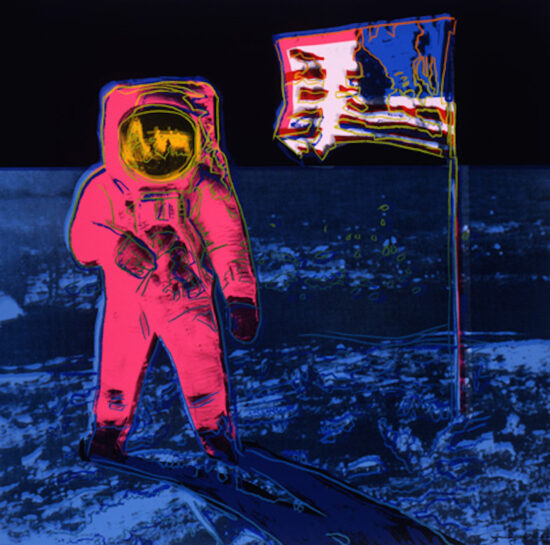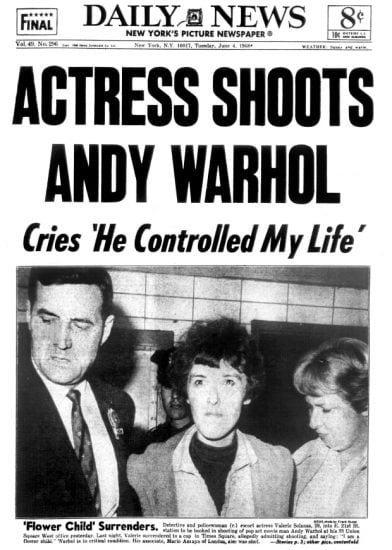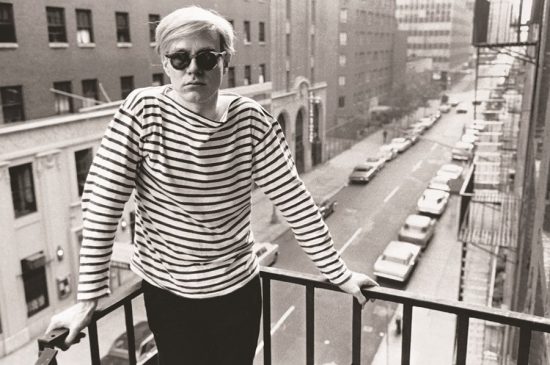
The Andy Warhol Factory, also known as the Silver Factory, was a studio and cultural hub located in New York City that operated during the 1960s and early 1970s. It was named after its founder, Andy Warhol, who was one of the most important and influential artists of his time.
The Factory was initially located in a loft space on East 47th Street in Manhattan, and it quickly became a gathering place for a diverse group of artists, musicians, actors, writers, and other creative individuals. Warhol himself was at the center of this social scene, and he was known for his distinctive persona and unique approach to art.
The Factory was characterized by its open, collaborative atmosphere, as well as its use of unconventional materials and techniques. Warhol and his associates used a wide range of media, including painting, drawing, photography, film, and sculpture, to create works that often challenged traditional notions of art and beauty.
One of the most distinctive features of the Factory was its use of mass-produced and everyday objects as artistic materials. Warhol was particularly interested in consumer culture and the ways in which it intersected with art, and he frequently incorporated images of commercial products, celebrities, and other pop culture icons into his work.
The Factory was also known for its production of experimental films, many of which featured Warhol's Superstars, a group of eccentric and often outrageous personalities who were central to the Factory's social and creative life. The films produced at the Factory were often improvised and experimental, and they reflected the anarchic spirit of the era.
As the Factory's reputation grew, it became a symbol of the counterculture and a beacon for young artists and creatives looking to make their mark on the world. The Factory's parties and events were legendary, and they attracted a wide range of artists and celebrities, including Lou Reed, Mick Jagger, and Edie Sedgwick.
Despite its success and notoriety, however, the Factory was not without its controversies. Many critics and conservative voices saw Warhol's work as vulgar and offensive, and the Factory's open drug use and sexual experimentation drew criticism and condemnation from some quarters.
Despite these challenges, however, the Factory remained an important and influential cultural institution throughout the 1960s and early 1970s. Its influence can still be seen in contemporary art and culture, and it continues to be remembered as a symbol of the creative energy and experimentation of its time.
What is the Andy Warhol Factory Editions?
The Andy Warhol Factory Editions were a series of art prints that were produced by Warhol's studio, the Factory, during the 1960s and 1970s. These prints were created using a variety of techniques, including silkscreening, lithography, and offset printing, and they were produced in limited editions.
The Factory Editions were an important part of Warhol's practice, as they allowed him to reach a wider audience and make his work more accessible to the general public. They were also a way for Warhol to experiment with new techniques and media, and to collaborate with other artists and designers.
Some of the most famous Factory Editions include the Campbell's Soup Cans series, which featured multiple prints of the iconic soup can design in a range of colors and sizes, and the Marilyn Monroe series, which depicted the famous actress in various poses and expressions.
Other notable Factory Editions include prints of Elvis Presley, Mao Zedong, and Jacqueline Kennedy, as well as Warhol's famous dollar sign and flower designs. These prints were often produced in editions of 250 or fewer, and they were signed and numbered by Warhol himself, making them highly prized by collectors and enthusiasts.
The Factory Editions were an important part of Warhol's legacy, as they helped to cement his reputation as one of the most influential artists of the 20th century. They also played a key role in the development of the contemporary art market, as they helped to establish the idea of the limited edition print as a valuable and collectible form of art.
Today, Andy Warhol's Factory Editions remain highly sought-after by collectors and art enthusiasts, and they continue to inspire new generations of artists and designers. They represent a unique moment in the history of art and popular culture, when the worlds of fine art and mass media converged in a way that was both provocative and groundbreaking.

